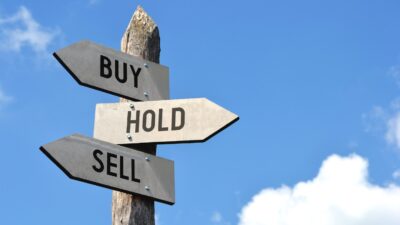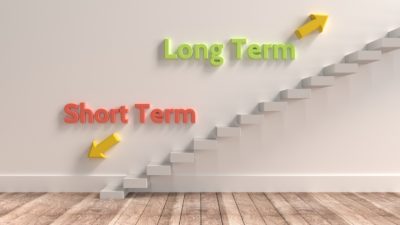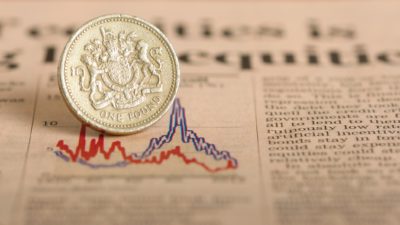Everyone knows that stellar investor Warren Buffett strives to be a long-term ‘buy-and-hold’ investor.
Famously, his holding in Coca-Cola — he owns just over 9% of the company — dates back to the share price crash of 1987, which enabled him to buy into the business on the cheap.
Of course, over the years, he’s topped up that original investment.
But here’s the beauty of long-term ‘buy-and-hold’ investing: over time, those original investments in Coca-Cola are in a sense free — because accumulated dividends have long since outgrown the amount originally invested.
Dividends add up
Let’s do the sums. Assume that you invest £1000 in a company paying a 5% dividend yield, and which grows that dividend at 5% a year.
The first year, you get £50 in dividends. The second year £52.50, the third year £55.12, and so on.
After five years, you’ve earned £276.28 in dividends. After ten years, you’ve earned £628.89.
And after 15 years, the accumulated dividends amount to more than the sum you originally invested — £1000. After 20 years, you’ve earned far more than the sum of the original investment: £1653.30, impressive by any standard.
And Buffett has been investing over decades.
5%? Real Footsie growth rates can be higher
Of course, these returns assume that a company can continue to increase its dividends by 5% a year over the long term.
You might think that such a goal isn’t sustainable, but you’d be wrong.
Picking at random some shares in my own portfolio, I see that over the 20-year period 1991-2011, GlaxoSmithKline grew its dividend at 8% a year, BHP Billiton at 14% a year, HSBC at 10% a year, Unilever at 11% a year, and BAE Systems at 6% a year.
So 5% a year seems a reasonably modest aspiration, on closer inspection.
The Snowball
And picking — for the sake of argument — an average dividend growth rate of those five companies, namely 9.8%, and re-running the same calculations, we find that we’re home and dry even quicker, having earned more than the amount of the original investment during the eleventh year.
Which neatly illustrates the power of what Warren Buffett calls ‘snowballing’ (hence the title of his biography, The Snowball), or what you and I call compound growth.
Only here, it’s the dividend that’s growing, rather than a capital sum.
Because — as again, many novice investors overlook — annual dividends can grow over the years, and over time those increases can be quite considerable.
Going on to Unilever’s corporate dividend history page, for instance, I see that dividends for the year 2000 totalled 13.07 pence. But for 2015, Unilever’s quarterly dividends totalled 88.49 pence over the year.
Put another way, in 2015 Unilever paid out almost two-thirds more each quarter than it had all year in 2000.
Share price appreciation
Finally, let’s just go back to that 5% dividend yield example.
After 15 years, our fictitious company has paid out in total the sum of £1078.93, with the most recent annual dividend being £98.99.
At which point, of course, if it’s still on a 5% dividend yield, then the share price must have risen accordingly.
So in addition to the dividends you’ve banked, you’re sitting on shares worth £1979.80 — well up from the original investment of £1000.
Sustainability is key
Of course, none of the above is guaranteed. Companies can — and do — experience adverse conditions, and (if you’ll forgive the pun) can be — and are — buffeted by unfavourable headwinds.
Take Tesco, for instance: an unbroken history of increasing its dividend for over 25 years, averaging 11% growth a year over the period 1991-2011. And then — a sudden collapse in the company’s fortunes. Tesco hasn’t paid a dividend since December 2014.
So it’s important to look not just at past dividend history, but at the prospects for dividends going forward.
Which is why I take a long, hard look at how sustainable a company’s dividend is, and not just how attractive the yield is.
Never forget: yield is one thing; dividend sustainability quite another.







